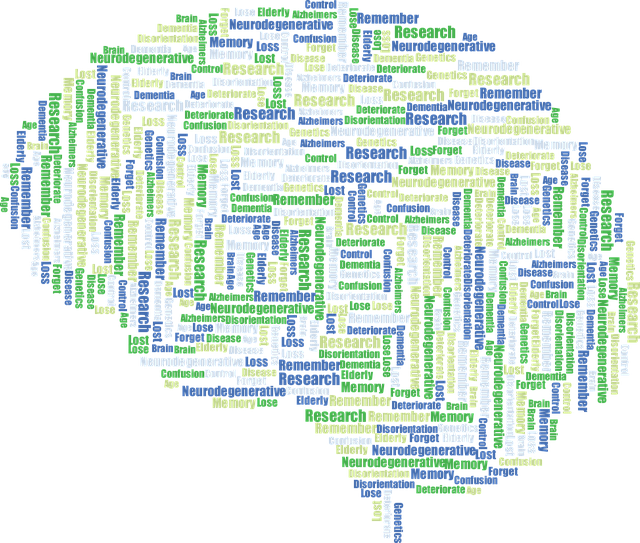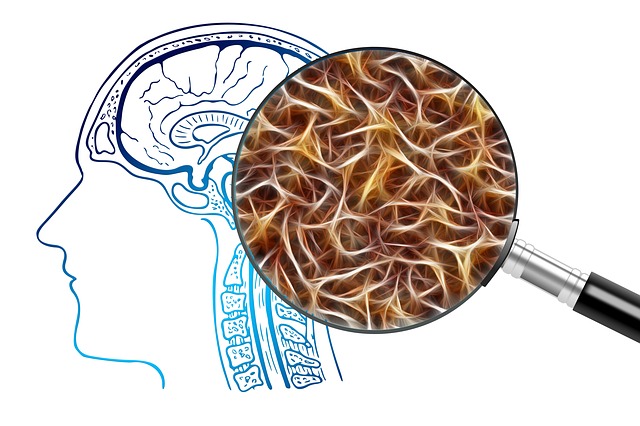Summary
– What is Charcot disease?
– Charcot disease: what causes it?
– Symptoms of Charcot disease
– Charcot disease: course and treatment
Described by Dr. Charcot at the end of the 19th century, amyotrophic lateral sclerosis (ALS), also called “Charcot’s disease” or “Lou-Gehrig’s disease”, is a neurodegenerative disease. It is the third most common neurodegenerative disease after Alzheimer’s and Parkinson’s.
This rare disease, which affects nearly 1,000 new cases in France each year, is best known to the general public through high-profile fundraising events such as the Ice Bucket Challenge or celebrities like Stephen Hawking, the famous astrophysicist. ALS is a complex disease that requires some clarification of current knowledge.
What is Charcot’s disease?
Definition of this disease
Amyotrophic lateral sclerosis is a disease that affects the motor neurons: the neurons controlling the motor muscles degenerate and die, causing the messages sent by the neurons to the muscles to stop. The muscles gradually weaken and wither until they atrophy.
Thus, as the disease progresses, language, walking, hand movements, and swallowing become more and more difficult until they are no longer possible. In the last stages, autonomous breathing is no longer possible.
Good to know: motor neurons are located in the brain, the brain stem, and the spinal cord. They ensure communication with the voluntary muscles, i.e., the muscles contract according to the will.
Different forms of amyotrophic lateral sclerosis
ALS has two forms:
– the “spinal” form, which has the characteristic of starting in the lower or upper limbs (legs, feet, hands, arms) and represents about 2/3 of the cases;
First, the “bulbar” form affects the mouth with articulation difficulties, chewing, and mobilization of the face and throat muscles.
These two forms eventually progress to a complete form of the disease: spinal and bulbar.
Note that women have statistically more bulbar forms than men.
Charcot disease: what are the causes?
Heredity or not?
The cases of Charcot disease are distributed as follows:
– In 90 to 95% of cases, it is a sporadic form, i.e., it occurs randomly.
– In 5 to 10% of cases, it is a hereditary or familial form.
Within this hereditary form, there is also a subdivision:
– In 20% of cases, it is a defect resulting from a mutation in a specific enzyme called SOD (a powerful antioxidant protecting the body from free radical damage).
– Other genetic forms may be related to different mutations in various genes (ALS2, SPG20, UBQL2, etc.).
Causes of ALS
The causes of Charcot disease are not known. However, many leads have been considered and are the subject of scientific studies. We can mention:
– environmental factors, such as exposure to pesticides, various infectious agents, etc.;
– glutamate: this chemical messenger in the brain, when present at high levels, could be at the origin of the development of Charcot disease;
– autoimmune responses: when immune cells “turn” against normal body cells;
– the role of nutritional deficiencies;
– the consequence of severe physical trauma;
– the existence of susceptibility genes;
– cellular deregulation of the management of oxidative stress;
– deregulation of cell death mechanisms;
– dysregulated action of the immune systems;
– reactivation of viral DNA.
Symptoms of Charcot disease

What are the clinical signs of ALS?
The first symptoms can be pretty subtle and prevent early diagnosis.
The following symptoms are common at first:
– muscle contractions;
– cramps;
– muscular stiffness;
– muscular weakness;
– disorders of speech, chewing, salivation ;
– exaggerated reflexes.
Good to know: Amyotrophic lateral sclerosis is not a contagious disease.
Charcot’s disease is characterized by the appearance of muscle weakness that increases until it becomes atrophic.
Finally, all voluntary muscles are affected, and the patient can no longer move his or her arms, legs, body, or even the muscles of the face and tongue.
Finally, the ability to breathe disappears, and respiratory assistance becomes essential.
Note that ALS does not affect the senses (hearing, touch, sight, etc.) or mental faculties. Patients also retain control of their eye muscles, bowels, and bladder.
Features of ALS
ALS has several unique characteristics that must be taken into account:
– It strikes individuals between the ages of 40 and 60 for the most part, but older or younger people can also develop it.
– Men are slightly more affected than women: 1.5 men for 1 woman.
– Geographically, the whole world is affected in the same way, but there is an over-representation in the western Pacific.
– There are aggravating factors for ALS: pregnancy and extreme emotional stress.
– This muscle atrophy leads to lower resistance to viruses, such as those causing pneumonia, which can precipitate the need for respiratory assistance.
Charcot disease: course and treatment
In 50% of cases, ALS patients die of respiratory failure within 3 to 5 years of symptoms.
In 10% of cases, they survive at most 10 years.
Making the diagnosis
There is no specific test for ALS. Therefore, diagnosis is based primarily on evaluating symptoms and clinical signs.
To exclude other diseases, different tools can be used:
– electromyography (EMG), which detects muscle activity;
– Magnetic Resonance Imaging (MRI), which provides detailed images of the brain and spinal cord to identify other diseases;
– Nerve conduction velocity (NCV) to rule out peripheral neuropathy or myopathy;
– Blood and urine tests.
Note: Because of the number of conditions that can trigger ALS-like symptoms, it is recommended that a neurological second opinion be obtained.
Differential diagnoses
Other diseases may have the same symptoms as ALS at first:
– neurological disorders (multiple sclerosis, spinal muscular atrophy, etc.);
– infectious diseases (HIV, Lyme disease, etc.)
– myopathies;
– peripheral neuropathy.
Treatment of Charcot disease
There is no cure for Charcot’s disease.
There is, however, a treatment that slows down the evolution of the disease: riluzole. It intervenes by decreasing the release of glutamate, an excessive level of which can indicate amyotrophic lateral sclerosis.
Many other treatments are currently being studied, including gene therapy.
Thus, the treatment is mainly symptomatic to bring maximum patient comfort, significantly reduce fatigue, relieve cramps, digestive disorders, etc.
We can propose:
– Physical therapy;
– Physiotherapy ;
– occupational therapy
– speech therapy;
– respiratory assistance…
Good to know: essential to cellular respiration, Coenzyme Q10 is also involved in the proper functioning of nerve cells, and low levels of CoQ10 are found in pathologies such as Charcot disease. Studies show significant improvements in these pathologies by taking CoQ10 at doses ranging from 90 to 2,000 mg/day.
ALS is a degenerative disease that progresses rapidly and is almost always fatal. It is currently the subject of much scientific research to determine its causes, which remain unknown and find a cure.
Among the avenues of research on drugs, we can cite Tirasemtiv, AntiNogo A, VEGF, stem cell treatments (Nature Biotechnology, 2014), research on modifying the action of the immune system.


